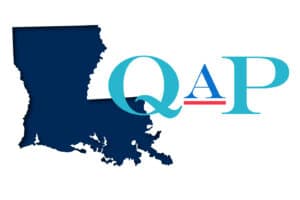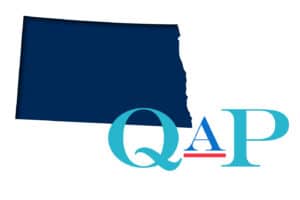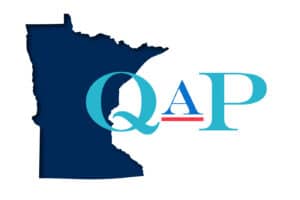On December 18, 2015, President Barack Obama signed the Protecting Americans from Tax Hikes (PATH) Act of 2015. An important provision in the bill includes the permanent extension of the minimum 9 percent Low Income Housing Tax Credit (“LIHTC”) rate for non-federally subsidized buildings. According to the bill, the permanent 9% fixed credit rate takes effect on January 1, 2015.
As stated in Exhibit IV Section I of the 2015-2016 QAP, “applicants should be aware that as of the date of approval of the QAP, there has been no action taken at the federal level that would allow for the 9% credit to be fixed at a true 9% rate. Should an extension of this provision take place, MSHDA will incorporate the appropriate changes into the LIHTC allocation process.”
The impact of this bill being signed, which allows for a permanent fixed 9% credit rate, has multiple immediate effects on the LIHTC Program, and the Michigan Qualified Allocation Plan (“QAP”) specifically, which are further described below:
1. Owners of projects that received LIHTC funding from the October 2015 funding round or earlier will be eligible to use the fixed 9% credit rate, regardless of whether or not a previous election to fix the credit rate was made. However, any project receiving LIHTC awards during this period of time will continue to be limited to the initial amount of credit that was awarded and will not be eligible to receive any additional credit.
2. Applicants applying for LIHTC Funding from the April 1, 2016 Funding Round will be eligible to utilize the fixed 9% credit rate in their project underwriting and calculation of eligible credit. While the use of the fixed 9% credit rate will allow for significantly more equity into each transaction, it continues to be MSHDA’s goal to use the LIHTC resource as efficiently as possible. Therefore, as has traditionally been the case, it is intended that all projects will continue to be underwritten using a reasonable amount of debt financing based on what each project can support, and that other resources will be leveraged as necessary (in addition to LIHTC) as a part of each application submissions – applicants should not plan on using solely LIHTC financing as a means for completing a transaction. Please note, for applicants that are utilizing acquisition credit, the 4% credit rate remains floating on a monthly basis, and for the April 1, 2016 LIHTC Funding Round MSHDA will continue to initially underwrite the 4% credit using a 3.4% credit rate for purposes of calculating the eligible credit, as specified in Exhibit IV Section I of the 2015-2016 QAP.
3. Applicants applying for LIHTC Funding from the April 1, 2016 Funding Round should be aware of the following changes to the 2015-2016 QAP: a. Exhibit V of the 2015-2016 QAP describes the various ways that 9% projects can qualify for a basis boost. Since the 9% credit rate has now been permanently fixed, the following changes will be implemented to this Exhibit: i. Projects achieving a score of 10 points under the Green Policy will only be eligible to receive up to a 15% basis boost, unless otherwise located in a QCT, DDA, or if they have other characteristics that qualify for a higher basis boost under Exhibit V. ii. Projects that are not located in a QCT, DDA, and do not meet any of the criteria highlighted in Exhibit V will no longer be eligible for a basis boost of any amount. b. Section C.3. of the Scoring Criteria pertaining to Low Income Targeting states, “Please Note: In the event that the 9% credit rate is fixed (not floating) through future legislative measures, the points and weighting factors in Exhibit 1 of this Scoring Criteria will be doubled (resulting in a maximum point total of 20 points under this section). In that event, MSHDA will release a revised Scoring Criteria to reflect that calculation and scoring change.” Therefore, projects submitted in the April 1, 2016 LIHTC Funding Round should be aware that the maximum point total under the Low Income Targeting section of the Scoring Criteria will be 20 points and the weighting factors will be doubled from their current levels. In conjunction with this memo, MSHDA is releasing a revised scoring criteria that takes these changes into account as well as an updated Exhibit 1 Low Income Targeting Calculation Form that is revised for these changes.
If you have any questions regarding any of the above items or general questions regarding the April 1, 2016 funding round, please contact LIHTC staff at (517) 373-6007.


